
|
|
|
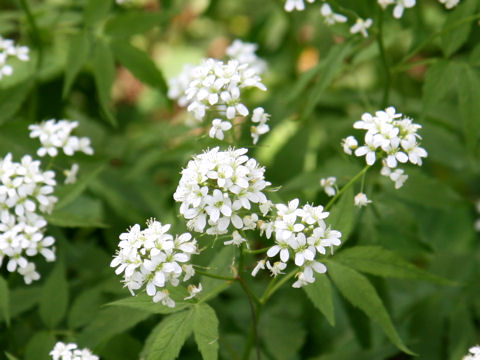 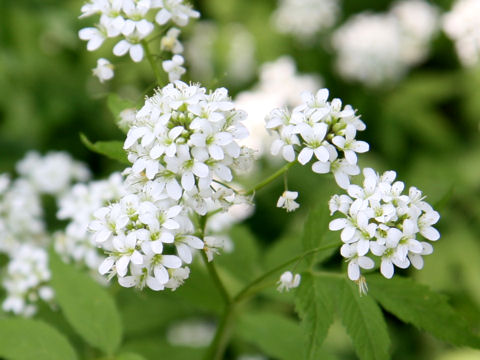 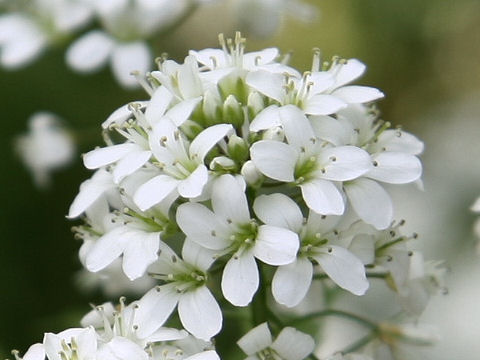 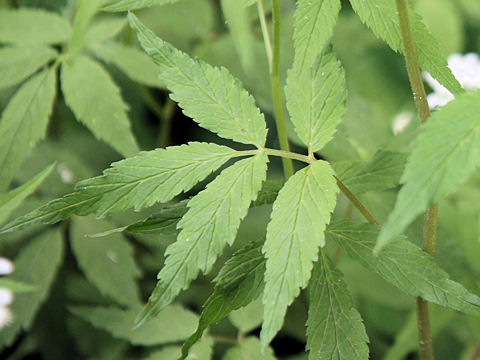 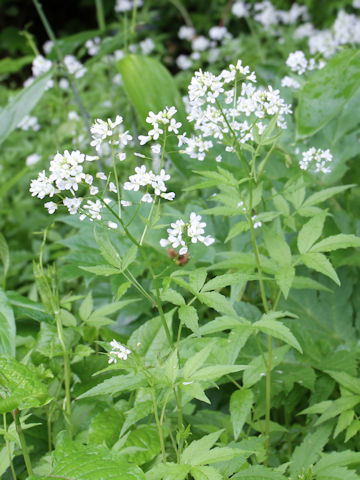 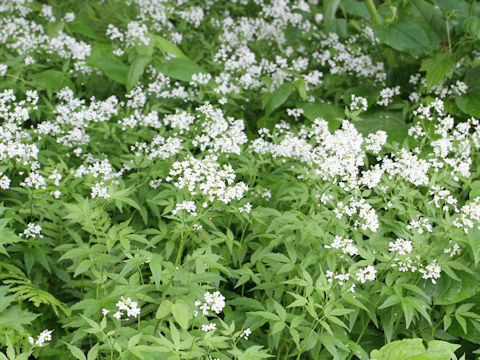 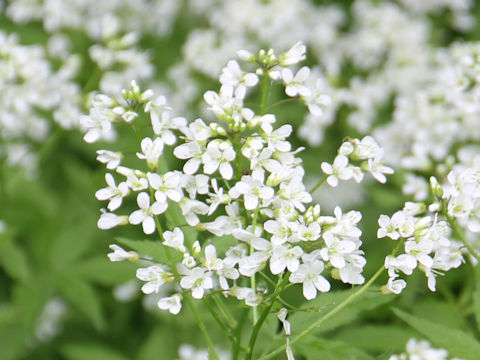 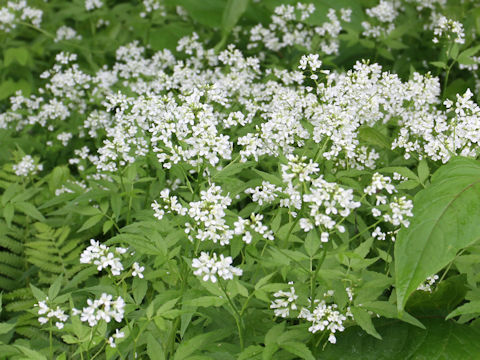 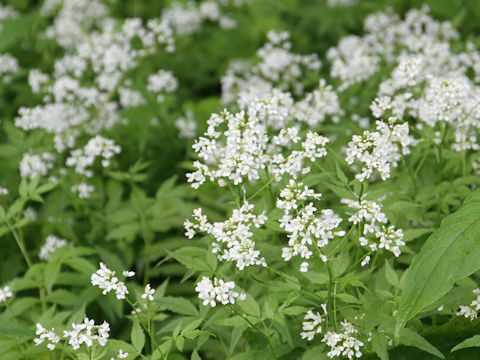 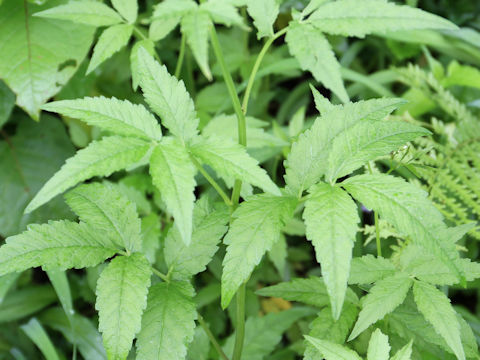 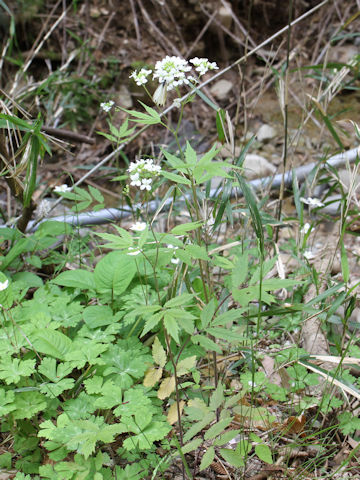 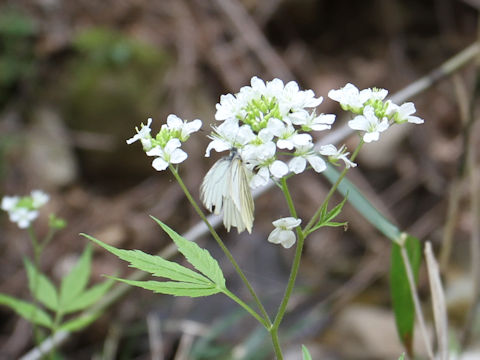 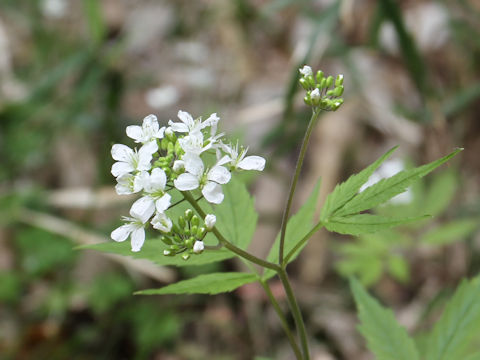 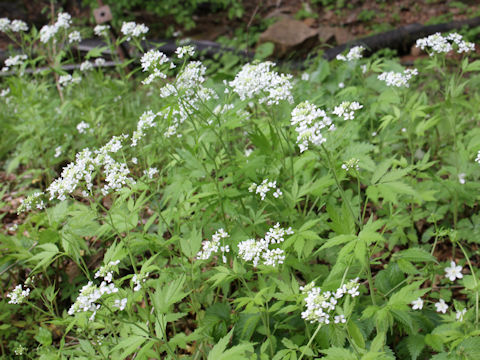 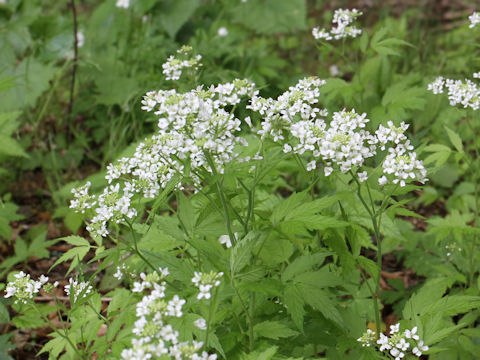 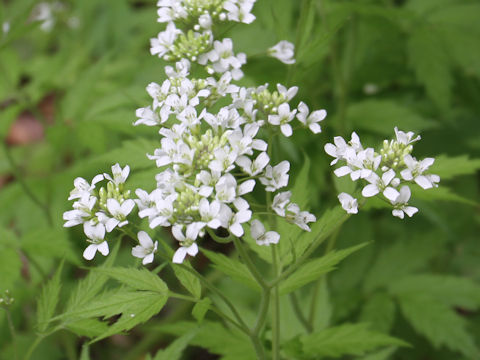 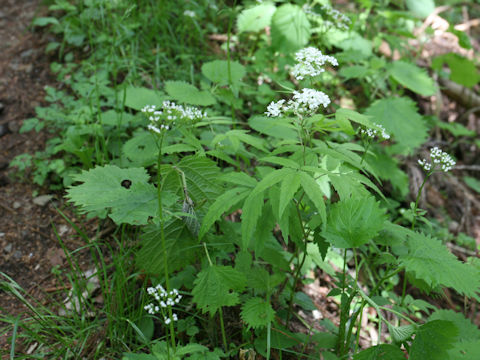 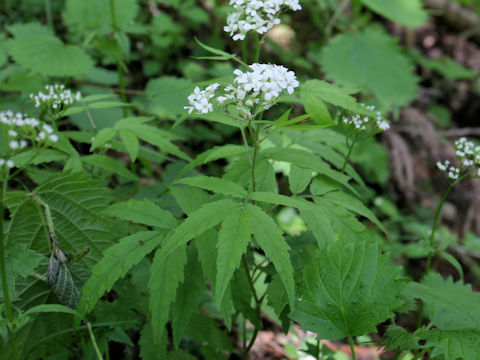 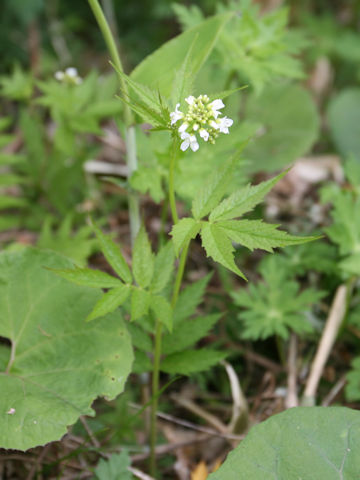 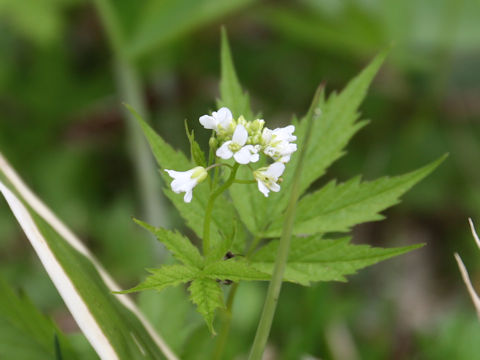 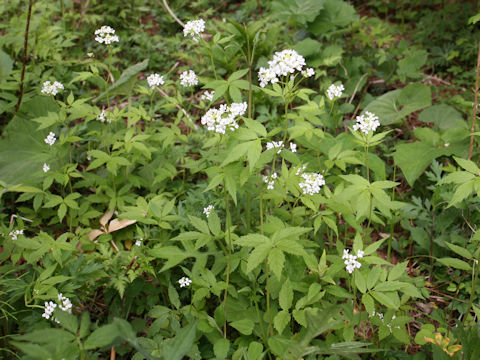 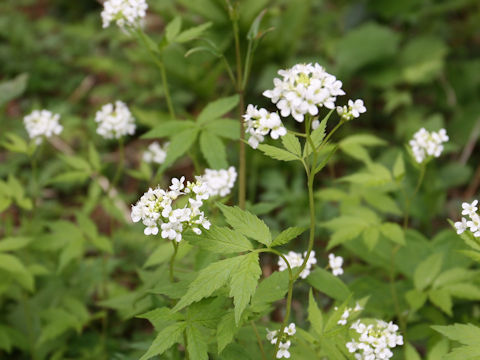 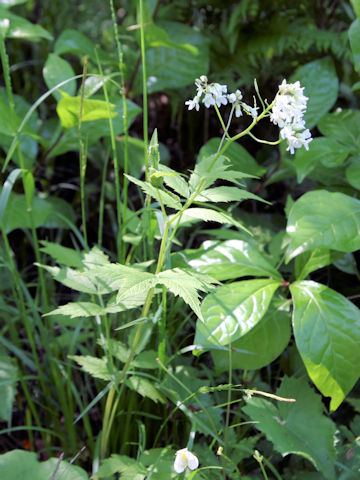 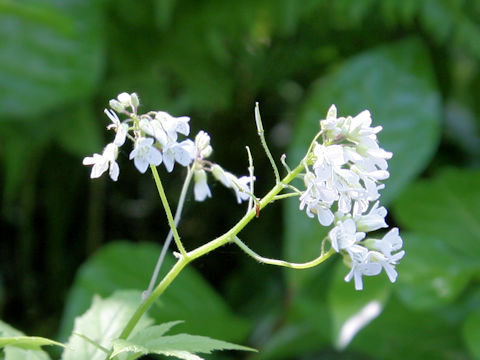 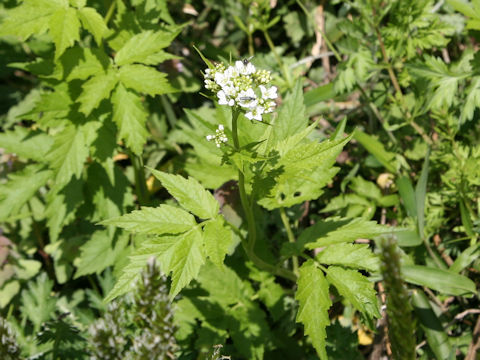 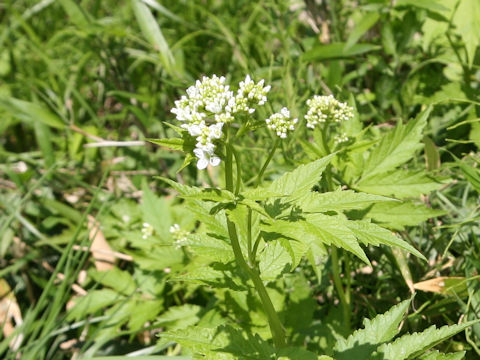  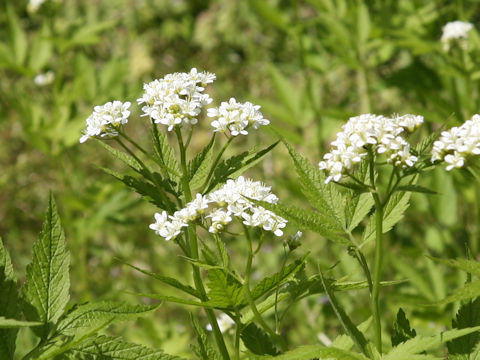 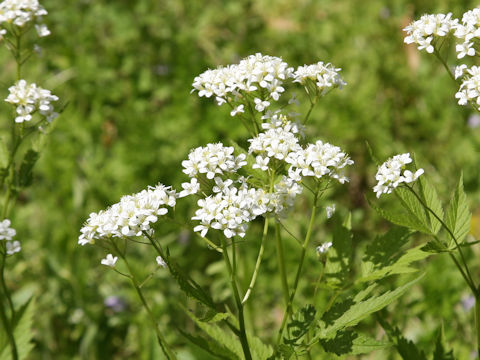 |
|
|
|
íªÌenðͶßA©N¼â»êÉVxAɪzµÄ¢Ü·Bk¬¢ÈÇ̼Á½Æ±ëɶ¦A³ÍRO`VOZ`ÉÈèÜ·BtÍïHó¡tÅݶµÜ·B¬tÌÉÍe¢ª èÜ·BS©çU²ëA¢Ôð穹ܷBa¼ÍAÔªçlqðÌÀÄRÌá»ÏÉ©§Ä½àÌB¼ÅÍuÔÓÄåTibai hua sui mi jijvB |
|
|
AuiÈ^lcPoi®Ì½NÅAw¼Í Cardamine leucanthaBp¼Í èܹñB |
|
|
The "Konron-so" (Cardamine leucantha) belongs to Brassiaceae (the Mustard family). It is a perennial herb that is distributed throughout Japan, the Korean Peninsula, China and east Siberia. This herb grows on wet places along streams and can reach 30-70 cm in height. The leaves are odd-pinnate compound and alternate. The leaflets have coarse toothed edges. The white flowers come in April to June. The Japanese name is derived from the flower's appearance, which resembles the snow-covered surface of the Kunlun Mountains in China. Its Chinese name is "ÔáêÄåT" (bai hua sui mi ji). |
|
|
[ãEP`R] ·ì§Éßs¼tßu©ñÄñÏÏK[fvÉÄA2007N0508úBeB [S`X] R`§¬¬¬ÊìÉÄA2018N0524úBeB [PO`PQ] {é§R³¬u[RvÉÄA2020N0501úBeB [PR`PT] {é§åäs¾æØÀÉÄA2020N0507úBeB [PUEPV] {é§åäs¾æu¾RvÉÄA2021N0508úBeB [PW`QP] {é§CåÀsu¿åäRvÉÄA2021N0516úBeB [QQ`QT] {é§åa¬uµcXvÉÄA2022N0502úBeB [QU`QVEº] {é§åa¬gcäXÉÄA2022N0502úBeB |

|
|
Shu Suehiro |